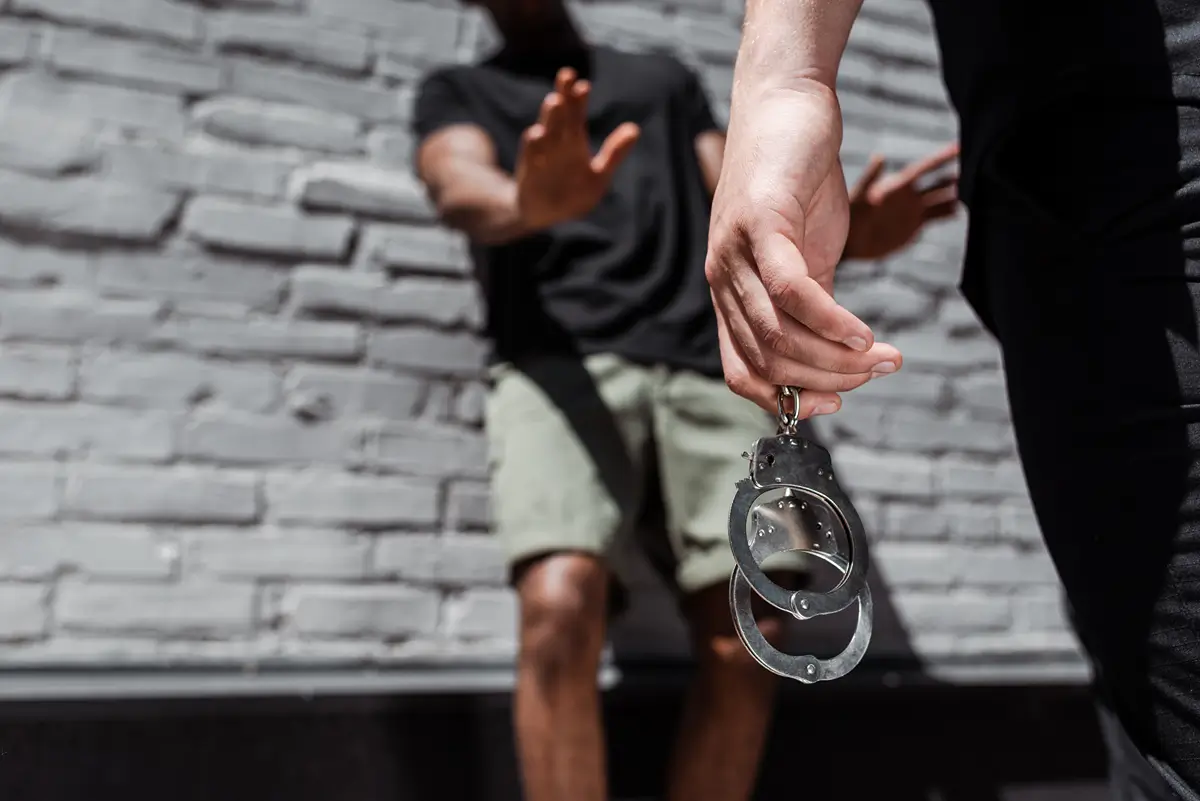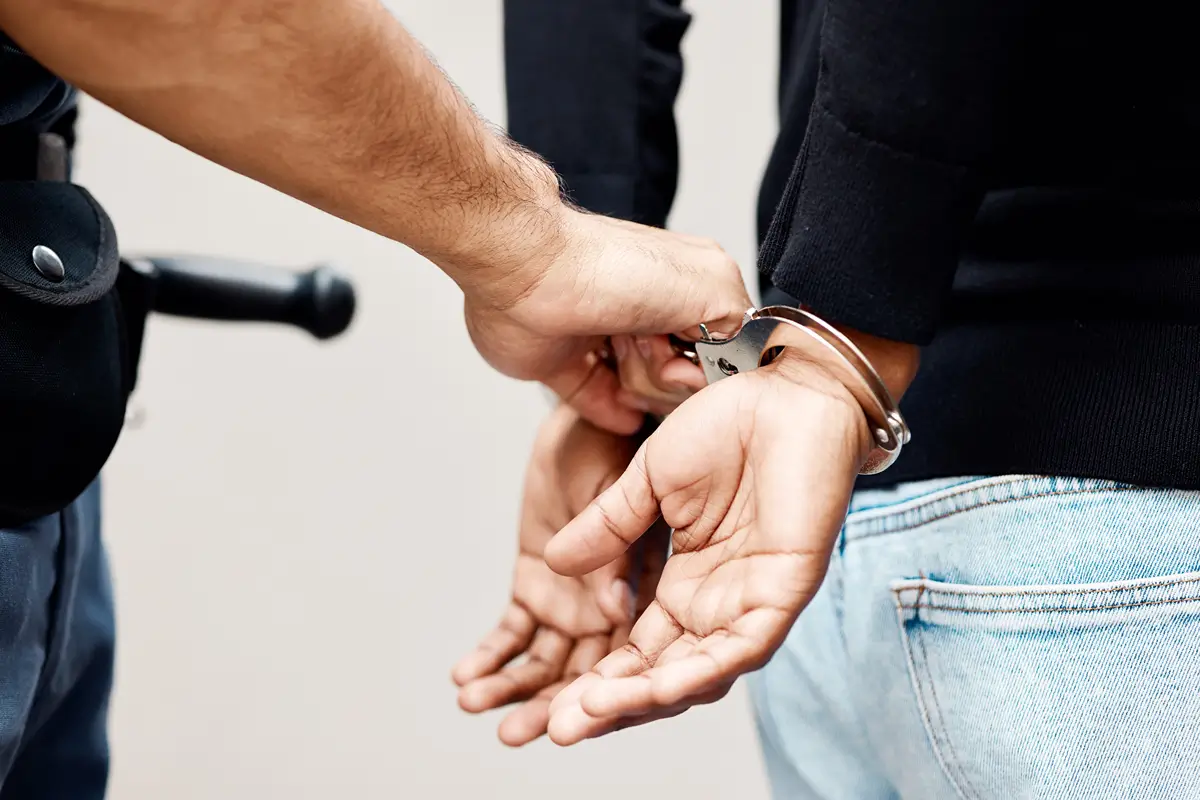Over the past few decades, forensic science (applying science to help solve crimes) has taken quantum leaps forward. Today, forensic scientists utilize DNA analysis and multiple modern technologies with remarkable accuracy, captivating the public’s imagination and even inspiring TV dramas like Bones and CSI. But in the real world, forensic science is far from foolproof, and human error can still lead to inaccurate results. When law enforcement and prosecutors rely on this flawed data, it can lead to false arrests and even cause some defendants to be convicted of crimes they didn’t commit. Let’s take a look at some common forensic errors that can sometimes lead prosecutors in the wrong direction.
Faulty Fingerprinting
Law enforcement has relied on fingerprinting for many years based on the common assumption that no two people have the same fingerprints. However, analyzing fingerprints depends on two key factors: getting good fingerprint samples and analyzing them correctly. If the cops make procedural mistakes in lifting fingerprints from a crime scene, or if a supposed fingerprint “expert” interprets the data wrongly, it can end up implicating an innocent person. Likewise, fingerprinting must be taken into context. Just because someone’s fingerprints appear at the crime scene, it doesn’t mean they committed the crime. An overeager investigator can easily look at positive fingerprint matches and let it point him/her toward the wrong conclusion.
Mishandling of Samples or Materials
Forensic evidence must be carefully preserved so that it doesn’t get corrupted. Chemicals used in uncovering forensic evidence must be properly stored and used in proper amounts. If technicians don’t use proper care in the lab, the evidence can be compromised. Typically, these errors may make the tests inconclusive, but on occasion, the test results may be misinterpreted to implicate someone wrongly.
Using Unreliable Identification Methods (and Interpreting Them Incorrectly)
Identifying a suspect through shoeprints or bite marks may still be the stuff of detective novels, but modern science has shown these and similar identification methods to yield an unacceptable amount of inaccurate results—making them unreliable. Yet, some investigators still use these methods, especially when other technologies are unavailable, increasing the odds that the wrong person could be accused and arrested.
Misinterpreting or Exaggerating the Data
True science is unbiased—but most humans, including scientists, tend to have at least some bias. Sometimes, this may lead an “expert” witness in court to exaggerate forensic testing results or steer their interpretation of the data toward the conclusion they were biased toward. (This is why expert witnesses for prosecution and defense sometimes reach opposite conclusions from the same data.) Unfortunately, these biases, though usually unintended, can also lead prosecutors to make false arrests—and steer some juries toward wrongful convictions.
When faulty forensic science has led you to be falsely accused, you need an expert criminal justice attorney to fight for true justice on your behalf. The team at Razumich & Associates can help. Contact us today to learn more.






